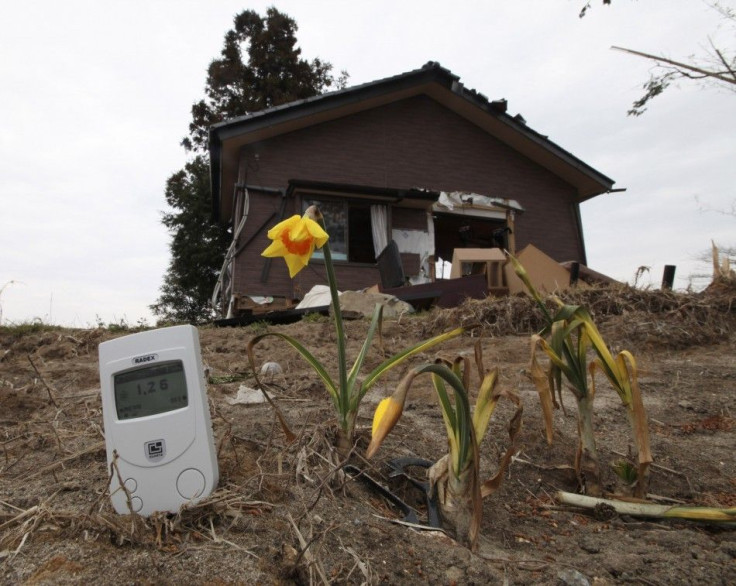Radioactive Waste Bags In Japan Swept Away By Typhoon

Japan's Environment Ministry officials have confirmed that 90 bags of contaminated soil were washed away by Typhoon Hagibis in early October. Of the 90 bags, 65 were later recovered intact but 25 were empty meaning that the tainted soil was swept away in the floodwaters.
Normal organic contaminants like sewage will quickly decompose and be rendered harmless but in this case, the contamination was created during the 2011 meltdown at the Fukushima Daiichi Nuclear Power Plant in Ōkuma, Fukushima. Radioactive contamination can stay “hot” for many years.
The “bad boys” of nuclear contamination are the isotopes (or chemical variants) of strontium-90 and cesium-137, with half-lives of about 30 years. The term “half-life” means that in 30 years the isotopes will decay to ½ of present-day radiation levels.
In 60 years, the level will be at 1/4th the present-day levels and so on. To reach a level that is considered safe to humans could take several half-life cycles or several hundred years for a material with a 30-year half-life.
All radioactive materials have a half-life. The well-known carbon dating process used to determine the age of historical relics depends on the nearly 6000-year half-life of the isotope carbon-14. The isotope has two extra neutrons in its atomic nucleus compared to normal carbon 12.
Radioactive materials with a very long or very short half-life are of little concern and not dangerous. The radiation levels of Carbon 14 and other long half-life materials is very weak. Radiation levels of very short half-life materials may be strong, but the decay is so quick (in milliseconds in some cases) as to not be dangerous. The problem is with those materials that have a half-life in the middle zone with levels of radiation that are dangerous to humans and other living things and that hang around for a long time.
After the 2011 meltdown, contaminated water was put into large storage silos while the solid waste was stockpiled at temporary storage sites in Fukushima and neighboring prefectures (districts). The likely destination of the dirty water is the Pacific Ocean where the vast amounts of ocean water will soon dilute the radiation to a negligible level.
The 25 bags of solid waste will undergo a similar dilution process with it being washed over a large area and eventually swept out to sea but there might be pockets of contamination that could haunt the area for years to come.
Officials have said the radiation levels around the storage sites have not changed and that they plan to install barriers to prevent future incidents.
© Copyright IBTimes 2024. All rights reserved.





















